#1 sho
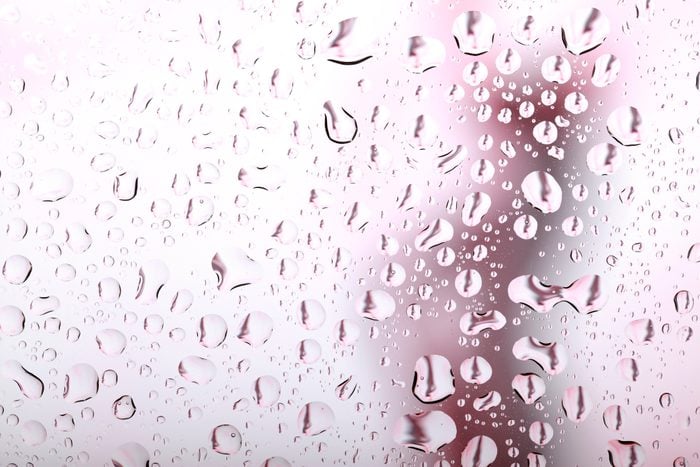
Keeping the house clean isn’t just assurance for when company stops by. A hygienic home also prevents the build-up of nasty bacteria that can be harmful…not to mention a space that’s neat is one reliable way to manage stress. However, even some self-proclaimed clean freaks can miss the surprising spots that a top mold remediation and air quality expert says attract mold growth in your home the most. To start, mold loves to grow near water. So where does mold grow in your home?
A Top Mold Remediator’s 7 Best Tips for Controlling Mold in Your Home
The Healthy @Reader’s Digest spoke with Michael Rubino, author of The Mold Medic, an Expert’s Guide on Mold Removal, and founder of HomeCleanse, to get answers. “Mold and bacteria can grow between 24 to 48 hours upon water damage,” he says. “So we have to practice that ‘If you see something, say something’ model inside our homes. Because if something develops and it goes too far unchecked, it’s just going to get worse and worse and create more particles and more toxins.”
Here are what Rubino says are the few places you may not think to clean often, but are likely the sneakiest culprits for letting mold fester within the walls of your home.
14 Health Effects of Mold in Your Home, from an Air Quality Scientist
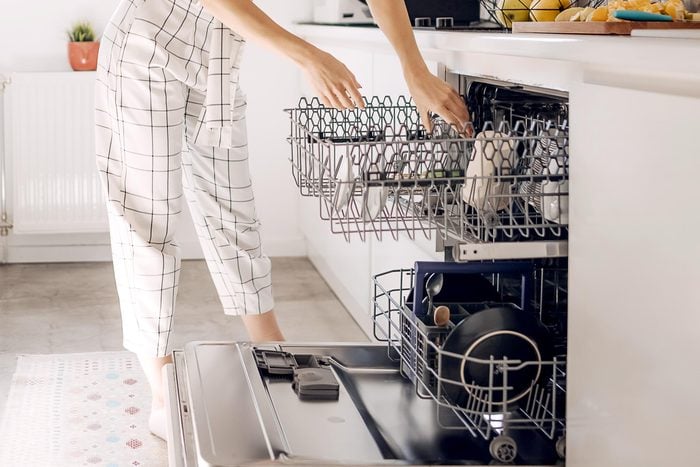
Dishwasher
When’s the last you cleaned the bottom of your dishwasher? That’s a question Rubino asks—especially when you consider all the build-up that occurs underneath that bottom tray. “You’re going to find a filter at the bottom of it and that thing is supposed to be cleaned and replaced every so often, and those people always forget that piece,” he says.
Rubino suggests cleaning the mesh filter of your dishwasher every 30 days, and to replace it every three to six months. “The bottom of that dishwasher and where that filter is located get pretty disgusting—so if anyone dares to listen and actually open it up and check it out, they would be pretty surprised.”
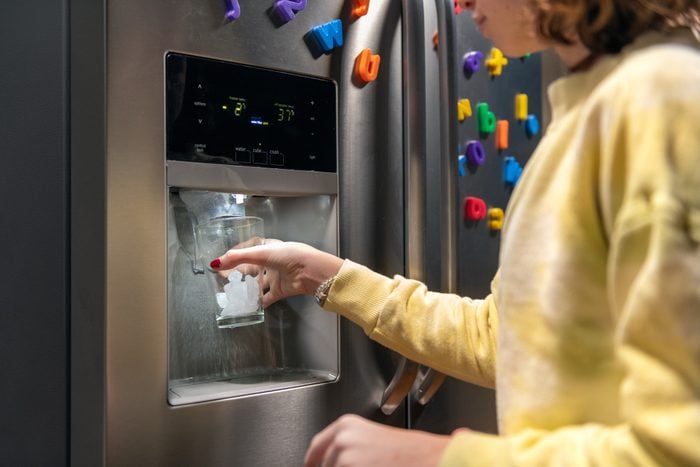
Water dispenser
“The other thing that’s in the kitchen that’s really gross—and I’m sorry you’ll probably never look at this the same way again—are those ice and water dispensers on your fridge,” Rubino says. “Do yourself a favor and stick your head underneath one and look up. Not good: mold bacteria (it probably looks disgusting).”
He adds the obvious: “That’s where we drink our water from.”
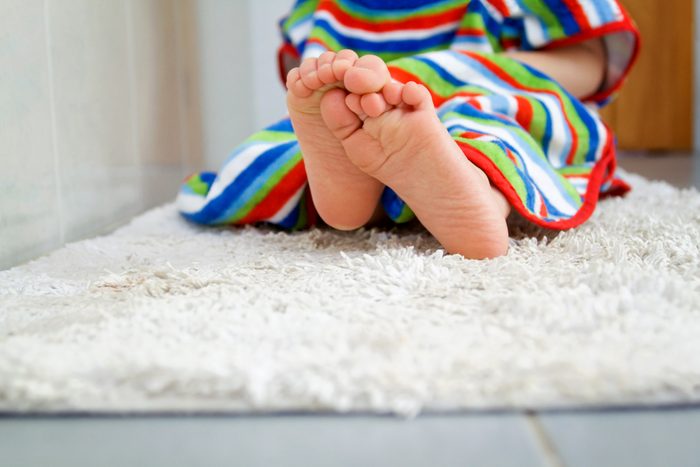
Bath mat
You know this one gets a little soggy sometimes. When you consider how often you step out of the shower dripping wet, it may be time to consider washing your bath mat. According to Rubino, that should be at least once a week.
How he and his family manage this: “We don’t have two bath mats—so when we’re washing the bath mat, we just put a towel down in place of it for a couple of days while it’s being washed. That’s the perfect solution in the interim.”
He also mentions that when you wash your bath mat to also clean the tile underneath, which may be neglected (and could result in mold buildup) if you’re not removing your bath mat quite as often.
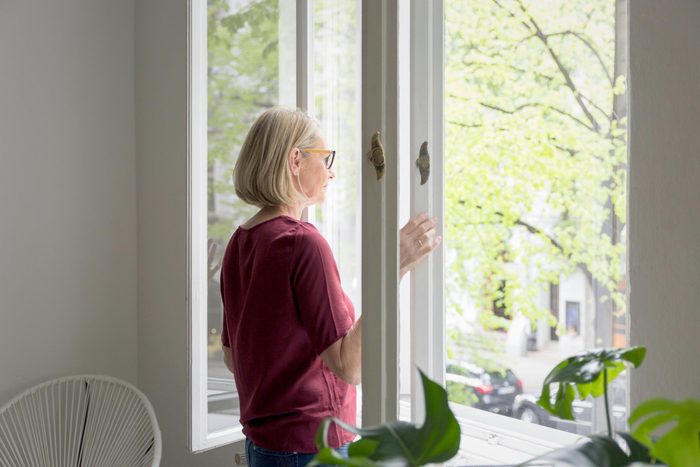
Windows and doors
“Doors and windows leak over time, and if you’re not maintaining them—if you’re not making sure that they continue to stay sealed—over time they do break down, the seals do wear out, and water will come in,” says Rubino.
He also points out that water damage from a window or door will likely show from the outside before seeping into the home and creating a mold-positive environment. So routinely check the outside of those windows and doors. “The more proactive we are, the fewer problems we will have inside our home. Many of us—unfortunately, it’s human nature—we tend to not fix things until they are far broken.”
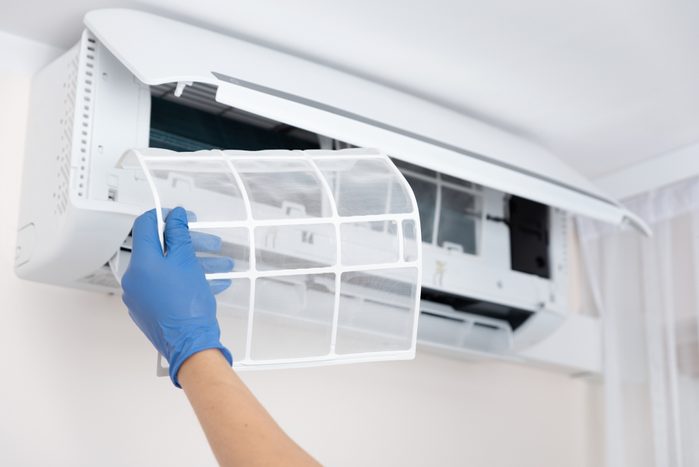
HVAC systems
Rubino points out that our heating ventilation and air conditioning systems all traditionally have filters. However, if you’re not using the right kind or don’t change the filter frequently, this can easily be an area for bacteria and mold to grow. “If we don’t have a filter that doesn’t protect us against those things, those things can pass through the filter,” says Rubino. “If you know anything about microbes, they love water. An HVAC system constantly condensates, so they provide a ton of water for microorganisms to grow and thrive and reproduce. It’s so good to have a filter on them to prevent these tiny particles from getting into our systems, and recirculating across our house.”
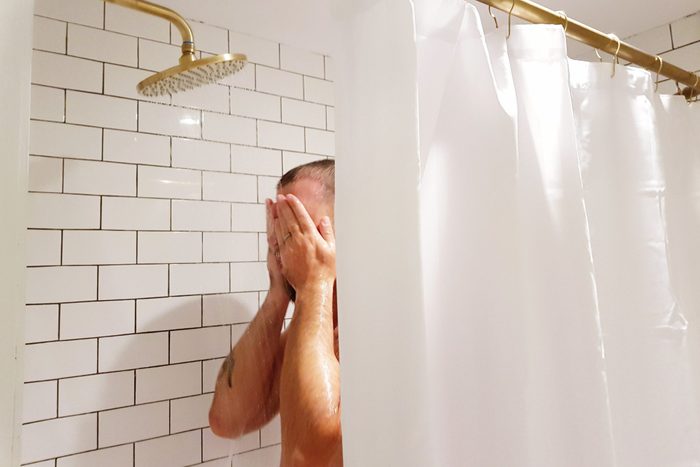
Shower curtain
While Rubino says it’s important to clean your shower curtain twice a month (or at least once a month if you can), he specifically points out the importance of separating the shower curtain from the shower liner in order to avoid mold buildup. “The liner is supposed to stay inside the tub and the curtain itself is supposed to stay outside of the tub,” he says. “That’s so important because that allows air to pass through between it and it will allow it to dry better. So I think it’s really important for people to separate it, especially after they use it, to make sure that one stays inside and one stays outside to help it fully dry.”
20 Little Things Everyone Forgets to Clean—But Shouldn’t
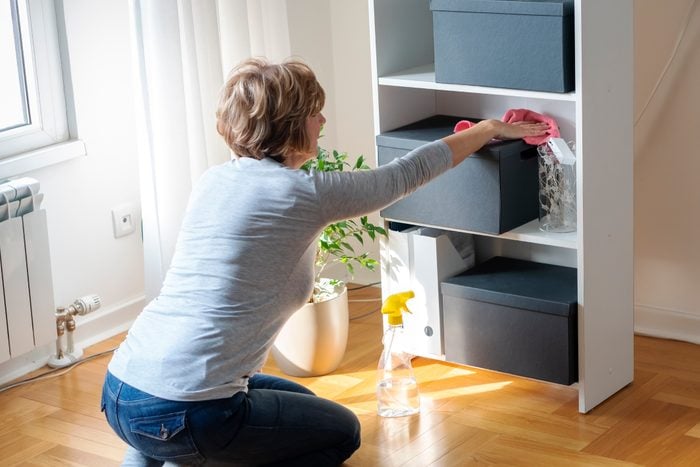
Dust
Sorry…the dust around your home isn’t totally harmless. Rubino points out that accumulated dust can actually hold other things such as mold and bacteria, allergens, toxins, and more. “Mold and bacteria specifically, they settle where our dust settles, too,” he says. “So if we let a lot of dust accumulate, we’re going to let a lot of that [bacteria] accumulate.”
The Best Air-Cleaning Plants, According to NASA
For more wellness updates, follow The Healthy on Facebook, Instagram, and Twitter. Keep reading:
